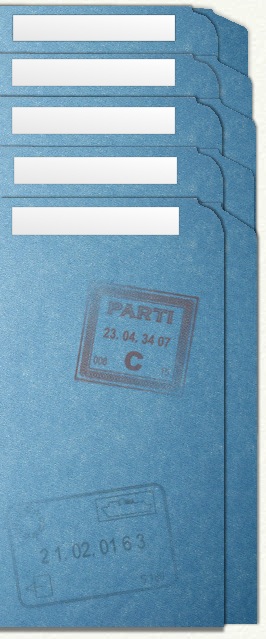









Did Coulomb fudge
his famous experiment ?
Replication of Coulomb’s
Torsion Balance Experiment of 1785
Charles Coulomb’s most famous experiment allegedly showed that electric repulsion obeys a law having the same form as Newton’s law of gravity. The device measured extraordinarily small forces, relying on a single filament of silk suspended from a pure silver wire thin as a hair. And it became a paradigmatic example of how experiments lead theory in physics textbooks.
But in the early 1990s historians argued compellingly that Coulomb essentially “fudged” his results, that his experiment could not possibly produce his supposed data. The device was extremely delicate and sensitive, but was it also precise?
In 2005, at the California Institute of Technology, I painstakingly reconstructed Coulomb’s original experiment. In the resulting paper I critically analyze the historians’ arguments and solve the puzzle of Coulomb’s experiment.




Torsion balance viewed from above; bare polished pith balls, waxed string needle, suspended from silver wire, 99.99% pure and 0.051 mm in diameter.







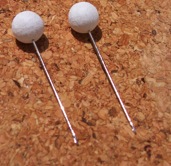


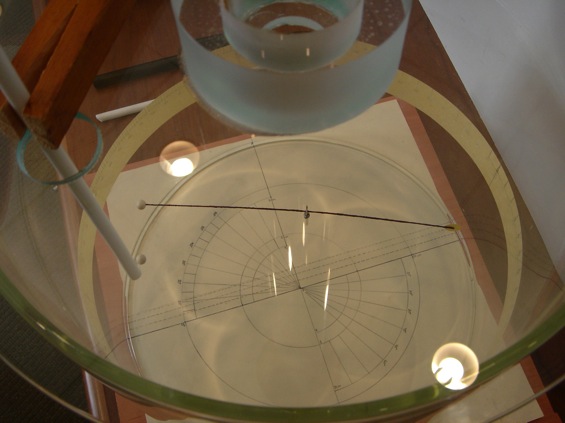


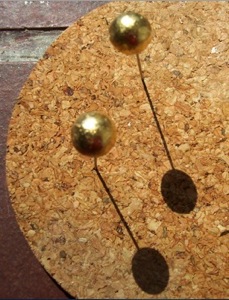


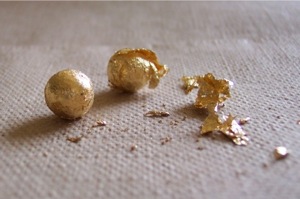


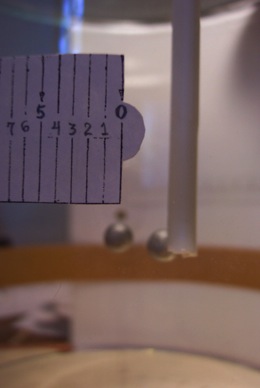



















Stationary pith ball displaces the movable pith ball at the zero position; silvered pith balls, plastic needle, wooden link to white plastic stem.
Micrometer on copper neck.
Thin copper wire, only three hundredths of a millimeter thick.
Sealing-waxed string, bare pith ball counterbalanced by a paper disk dipped in turpentine, all suspended from 99.99% pure silver wire.
Preliminary measurements strip, compared to the final strip.
Polished pith balls, bare and gilded, on needles.
Sewing threads made rigid by a coating of sealing wax; while the lower needle is made of plastic.
Pith balls painted silver. The farther one is suspended from a wire and it is aligned at the zero position.
Pieces of sealing wax, to be melted.
Coulomb’s torsion balance of 1785.
A. Martínez, “Replication of Coulomb’s
Torsion Balance Experiment,”
Archive for History of the Exact Sciences
Vol. 60 (2006), pp. 517-563.

